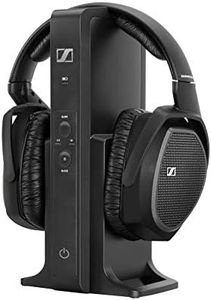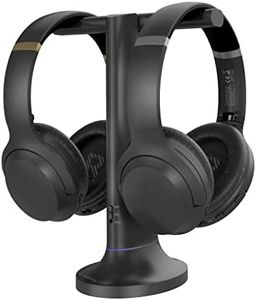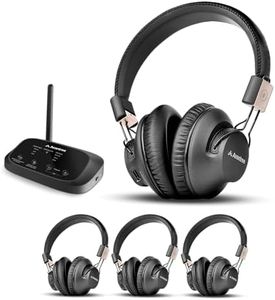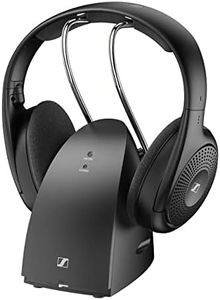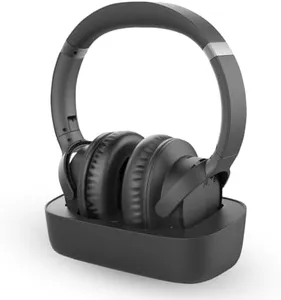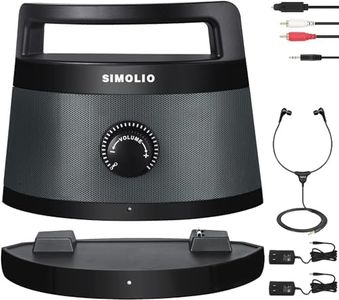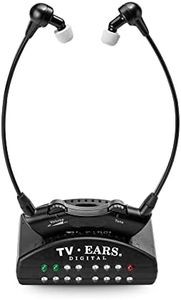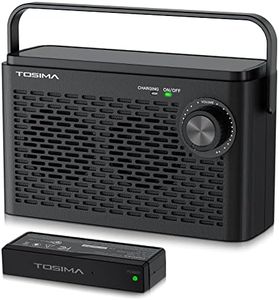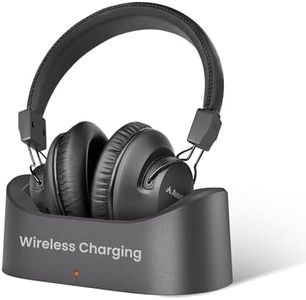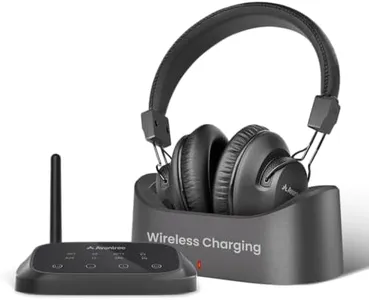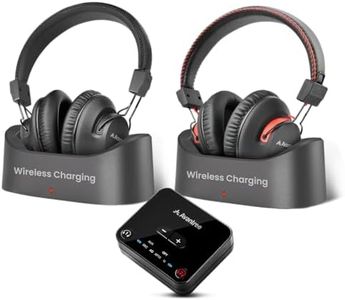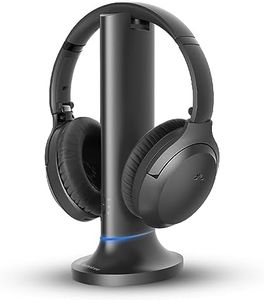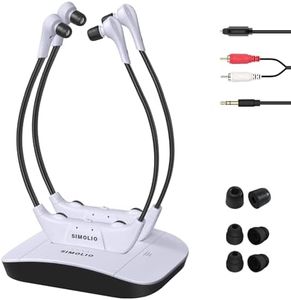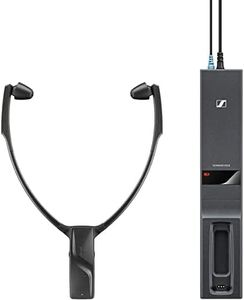We Use CookiesWe use cookies to enhance the security, performance,
functionality and for analytical and promotional activities. By continuing to browse this site you
are agreeing to our privacy policy
10 Best TV Hearing Devices
From leading brands and best sellers available on the web.Buying Guide for the Best TV Hearing Devices
Choosing a TV hearing device can vastly improve your TV watching experience if you struggle to hear dialogue or want clearer audio without disturbing others. These devices come in various forms, such as wireless headphones, soundbars with speech enhancement, or personal amplifiers. Your ideal option will depend on your unique needs, the size of your room, and how you prefer to listen to TV audio. It's important to identify if you'll be watching alone or with others, your mobility around the home, and if you need a solution compatible with hearing aids.Type of DeviceThis refers to the format of the hearing device, such as wireless headphones, under-chin receivers, neck loops, or TV audio transmitters that work with existing hearing aids. It's important because each type offers a different experience — headphones give private, immersive sound, neck loops work with hearing aids, and soundbars can enhance dialogue for group viewing. To navigate choices, consider if you'll be listening alone (headphones or personal receivers), sharing with others (soundbar or transmitter), or if you wear hearing aids (look for telecoil or Bluetooth compatibility).
Connectivity and CompatibilityConnectivity refers to how the hearing device connects to your TV, such as Bluetooth, infrared, RF (radio frequency), or direct audio cables. Compatibility ensures the device can connect to your particular TV's available audio outputs (like optical, RCA, or 3.5mm headphone jack). It's crucial because not all devices work with all TVs, and some connections offer better range or simpler setup. When picking, check your TV outputs and match them to the device inputs; if you move around a lot, wireless options with good range (like RF or Bluetooth) work best, while wired are more suited for stationary use.
Sound Quality and Enhancement FeaturesSound quality means how clear and crisp the audio is. Some devices also have features like speech enhancement or background noise reduction, which specifically make dialogue easier to understand over music or effects. This is important because the goal is to make TV audio more enjoyable and less straining for you. If you primarily need clearer voices, look for options with strong dialogue or speech enhancement. For people with more general hearing loss, extra amplification or customizable settings will help tailor the sound to your listening preference.
Comfort and FitComfort and fit describe how the device feels when worn, especially over long periods. For over-ear headphones or under-chin receivers, factors like weight, padding, and adjustability matter. This spec is essential because discomfort can discourage regular use. You can navigate this by considering how long you'll wear the device at once and if you wear glasses or hearing aids. People who watch for hours should prioritize light and cushioned options, while those with hearing aids may prefer solutions that don't interfere with ear fit, like neck loops or TV transmitters with hearing aid pairing.
Battery Life and ChargingThis refers to how long the device operates between charges or battery replacements, and the kind of charging system used. It's important if you watch TV for extended periods or don't want frequent recharging interruptions. Long battery life is crucial for binge watchers, while easy-to-replace batteries or charging docks offer additional convenience. Think about your daily routine, and pick a device with enough runtime and a charging method that matches your habits.
Ease of UseEase of use covers how simple it is to set up and operate the device, including intuitive controls, simple volume adjustment, and clear instructions. This matters because a device that's too complicated can be frustrating or get ignored. Look for devices with straightforward, large controls, and consider how much you want to adjust settings — minimalists should pick plug-and-play devices, while those who enjoy customization can choose models with app controls or adjustable sound profiles.
